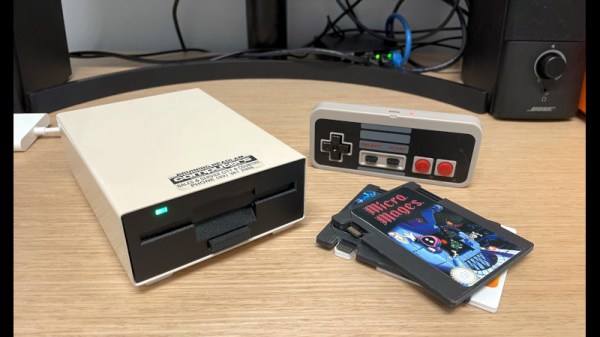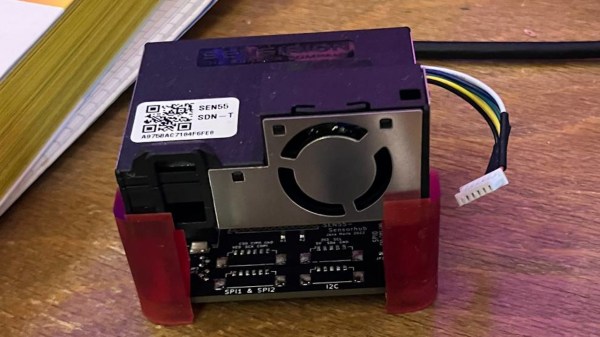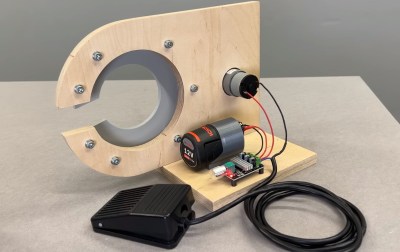Join us on Wednesday, March 1st at noon Pacific for the Life at CERN Hack Chat with Daniel Valuch!
You know the story — work is just…work. The daily grind, the old salt mine, the place where you trade your time and talent for the money you need to do other stuff in the few hours you’re not at work. It’s not the same for everyone, of course, but chances are good that just getting through the day is a familiar enough experience even for someone who’s currently working his or her dream job.
We’re going to go out on a limb here a bit, but it really seems like working at the European Organization for Nuclear Research (CERN), has got to be a dream gig for almost any engineer. CERN is the top place in the world for particle physics research and home to such ludicrously large machines as the famous Large Hadron Collider (LHC). The facilities and instruments at CERN attract tens of thousands of researchers from all over the world every year who produce multiple petabytes of data; perhaps not coincidentally, it’s also the place where Tim Berners Lee invented the World Wide Web. Thanks, Sir Tim!
 To say that being an electrical engineer at CERN might be a little like dropping a kid off at a combination candy store/bouncy house/petting zoo is probably not an understatement. When the biggest of Big Science is always on the menu, it must be hard to focus on this cool project or that new instrument. Then again, we’re just guessing — maybe it’s all still “just work.” Luckily, we found someone to ask: Daniel Valuch, currently an electrical engineer who is rapidly closing in on 25 years at the fabled institution.
To say that being an electrical engineer at CERN might be a little like dropping a kid off at a combination candy store/bouncy house/petting zoo is probably not an understatement. When the biggest of Big Science is always on the menu, it must be hard to focus on this cool project or that new instrument. Then again, we’re just guessing — maybe it’s all still “just work.” Luckily, we found someone to ask: Daniel Valuch, currently an electrical engineer who is rapidly closing in on 25 years at the fabled institution.
You’ll recall Daniel from some of his side projects, like the most accurate pendulum clock in the world, or his super-clicky pseudorandom number generator. He’s also teaching at the university level, and we’ve seen him give back to the community with his work for the “ZENIT in Electronics” contest, an annual STEM event that’s currently in its 39th year of inspiring students. Daniel is going to stop by the Hack Chat so we can pick his brain about what it’s like to work at CERN, what kind of projects he’s worked on, and what a career in Big Science is all about.
Our Hack Chats are live community events in the Hackaday.io Hack Chat group messaging. This week we’ll be sitting down on Wednesday, March 1 at 12:00 PM Pacific time. If time zones have you tied up, we have a handy time zone converter.
Click that speech bubble to the right, and you’ll be taken directly to the Hack Chat group on Hackaday.io. You don’t have to wait until Wednesday; join whenever you want and you can see what the community is talking about.



















